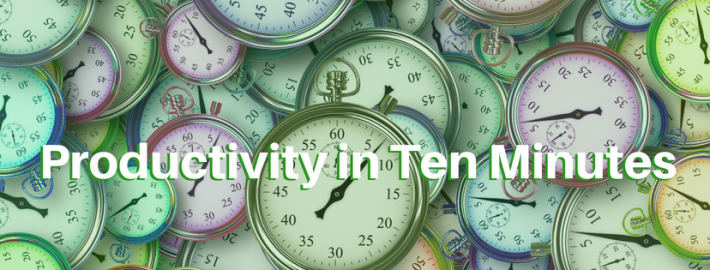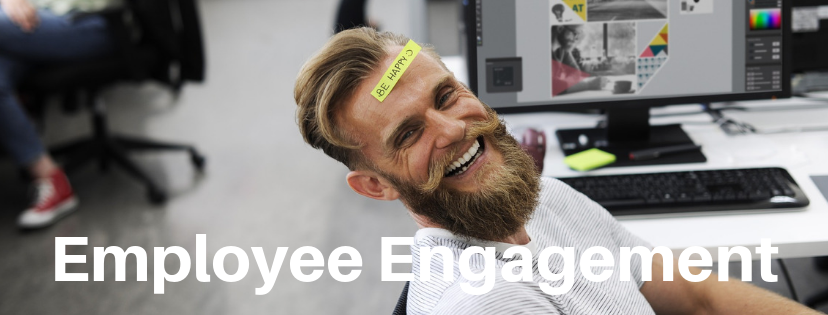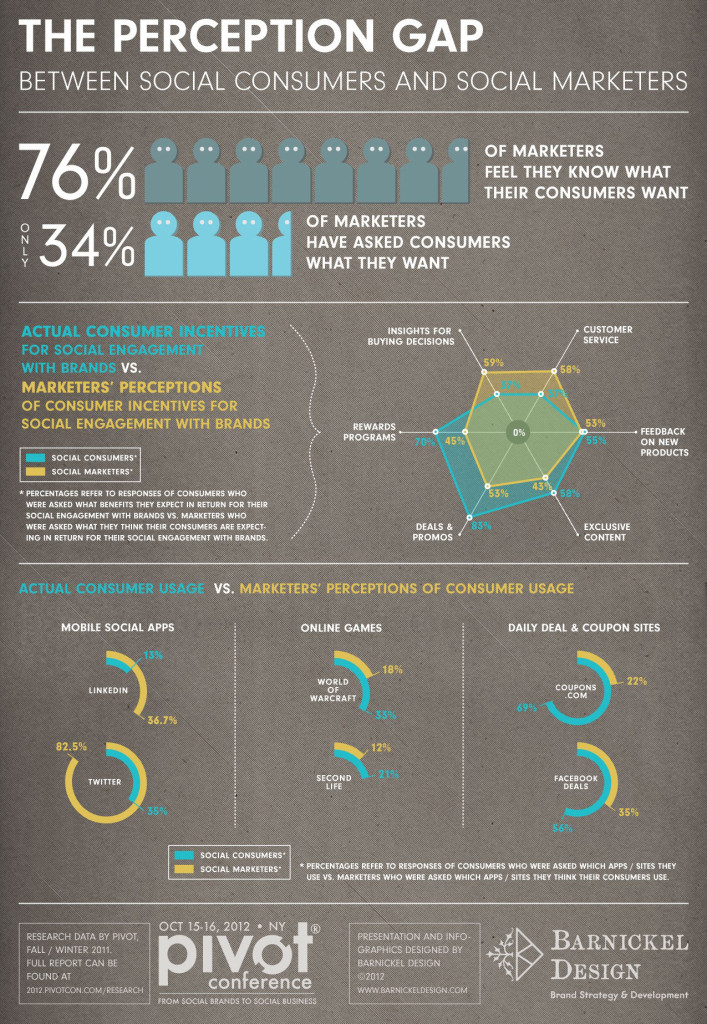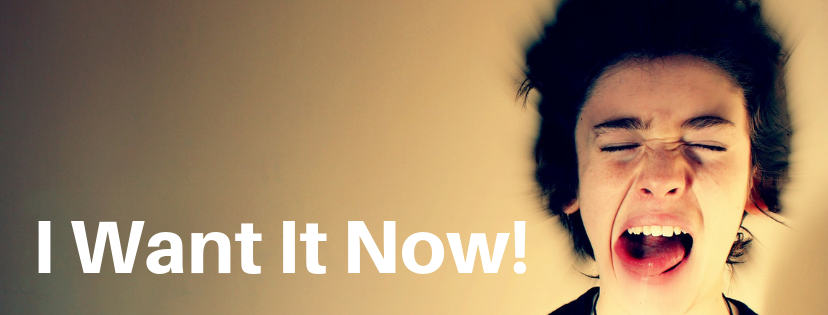
With the COVID19 virus pandemic many companies have moved to more of their teams working from home. My company was encouraging it last week, then we got a message to take laptops home every night, and this morning it’s official; work from home.
This is in line with the Dutch government’s new policy of restricting almost all meetings of more than 100 people, which means all the museums, theatres and fun stuff is cancelled. My friends in the UK, Norway and Denmark report similar measures. So this is it for March, at least.
Productivity
Set up your workspace, not all of us have home offices that we can use, and with schools closing as well in some areas you might be sharing your workspace with kids, partners, and pets. Try to set up a work space in a quiet corner. Ideally somewhere where you don’t have to pack up everything at night and unpack it the next morning.
Get the gear, we’ll be doing more virtual meetings, make sure you’ve got the connections for virtual meetings and get a good headset. I just upgraded from the work issued option and now everyone seems so LOUD – kidding – I know where the volume button is. It’s also a set that is over both ears and reduces distractions from outside noise. My colleague is getting an extra screen to make working at home easier – we’re in this for the long haul.
If you don’t already know about the tools for working online now’s the time. Spend time learning the tools for online meetings and online collaboration. Look for innovative ways to engage people online, and think about the group dynamics if you are running meetings, so that everyone is active in a meeting.
Set your hours start work and end work at your usual time, or at an adjusted schedule that suits you. Stick to it. Publish it on your work profile. You’ll be back at your desk tomorrow to start all over again.
Comfort
Make your workspace as comfortable as possible, think about light and temperature. Think about the chair you use. I’ve got a simple desk in a corner that has a window but doesn’t get too much direct light, being able to raise my head and look out is good for my eyes and my mood.
Make sure your desk is set up as ergonomically as possible, that will increase your comfort level. This could last some weeks – no need to injure myself!
Put all your tools within reach, I’ve put an old fashioned tray on the windowsill which holds scrap paper, pens, my headset when not in use, screen cleaner and charger cables. It’s all on hand.
Something to look at, if you’ve got a dedicated workspace add something to look at. A plant, a photo from a holiday, something inspiring. I’ve got a piece of artwork done by a friend and a small plant.
Sanity
Work is social, so chat to your colleagues. Use IMs, WhatsApp, Slack, Teams whatever tool your company is good with and keep in touch with your colleagues. Try having a virtual lunch break or virtual coffee break. This goes double for managers – check in with your team daily.
Shut down at the end of the day. I work later hours to fit in with my colleagues in the US and there is a temptation to keep working on their time zone. I’m lucky to have a dedicated space to work in so I don’t have to pack everything away, but it’s important to shut down my work computer, close the office and step away from my desk. If your work table is also the dining table put everything away and out of sight to make a psychological separation from work.
Move, ideally by going outside but that might not be possible in all places. Close the curtains, turn up the music and dance. Find yoga videos on YouTube. Pull that Wii out of the attic and set it up again. Whatever it takes, moving will improve your mood.
Make Jokes, it seems really ridiculous but it’s really important. This semi-quarantine situation is stressful and people can feel afraid or isolated. Maintaining a sense of humour about it is a way to relieve some of that stress. Added bonus, the jokes don’t even have to be good.
If setting this up seems like a lot of work, all I can say is we could be doing this for a while, and we spend a lot of our awake time at work so we should make the experience as good as possible.
Image by StartupStockPhotos from Pixabay
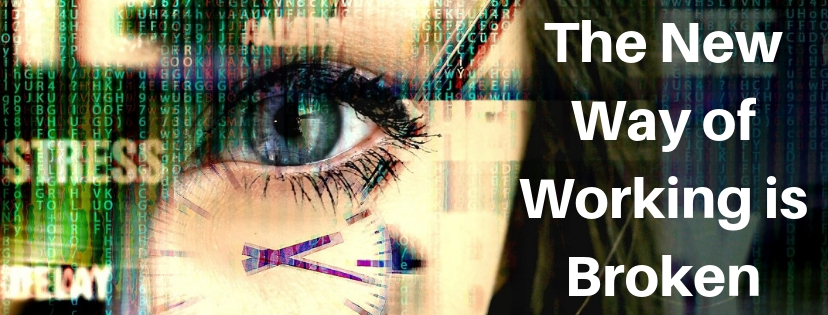


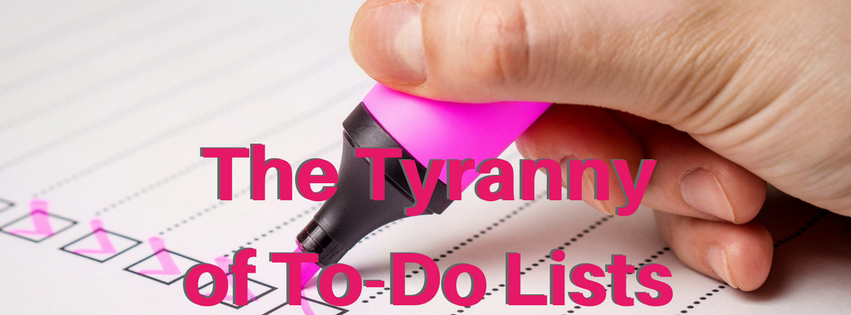
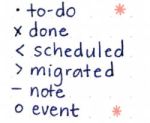 A
A 